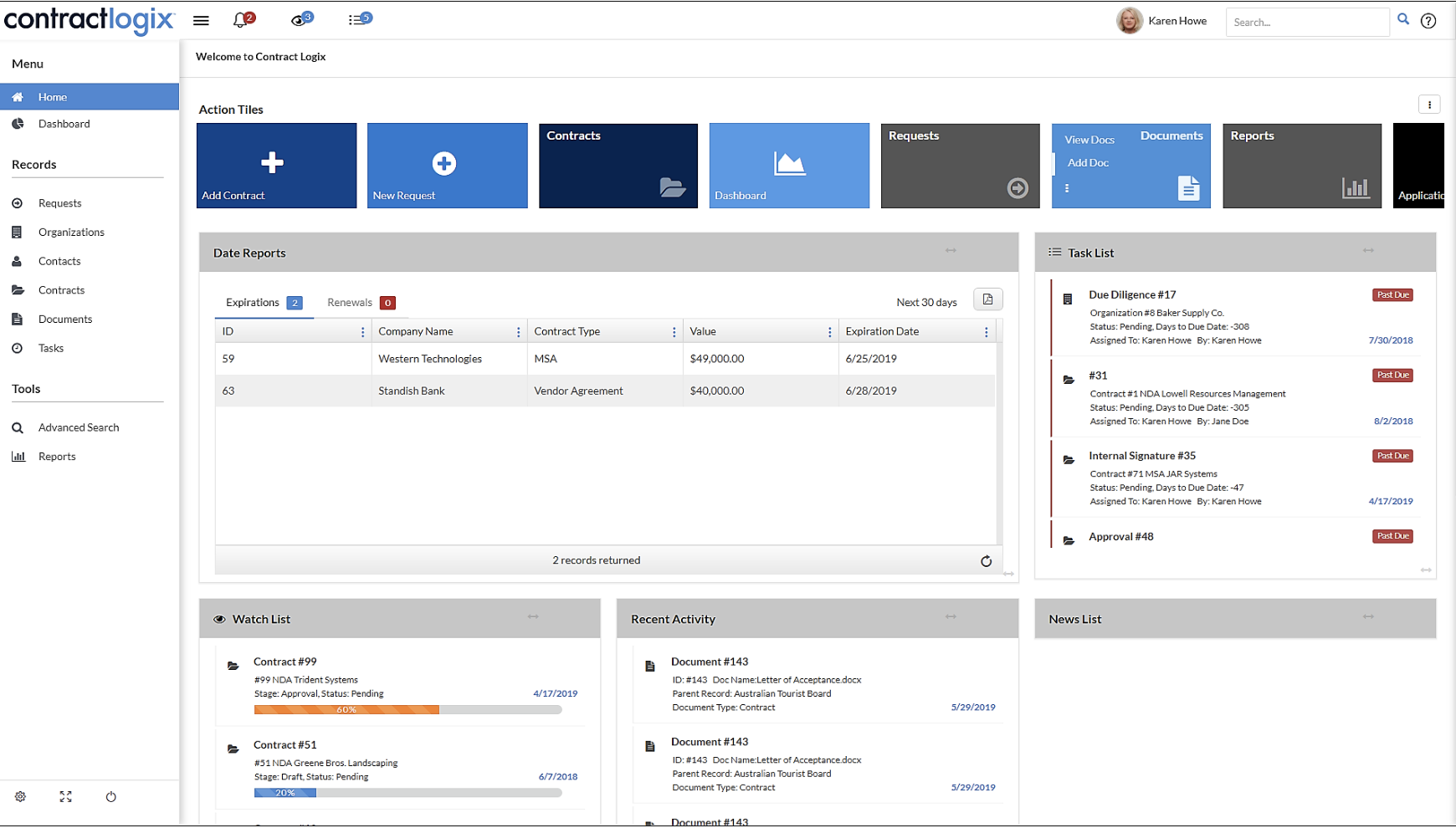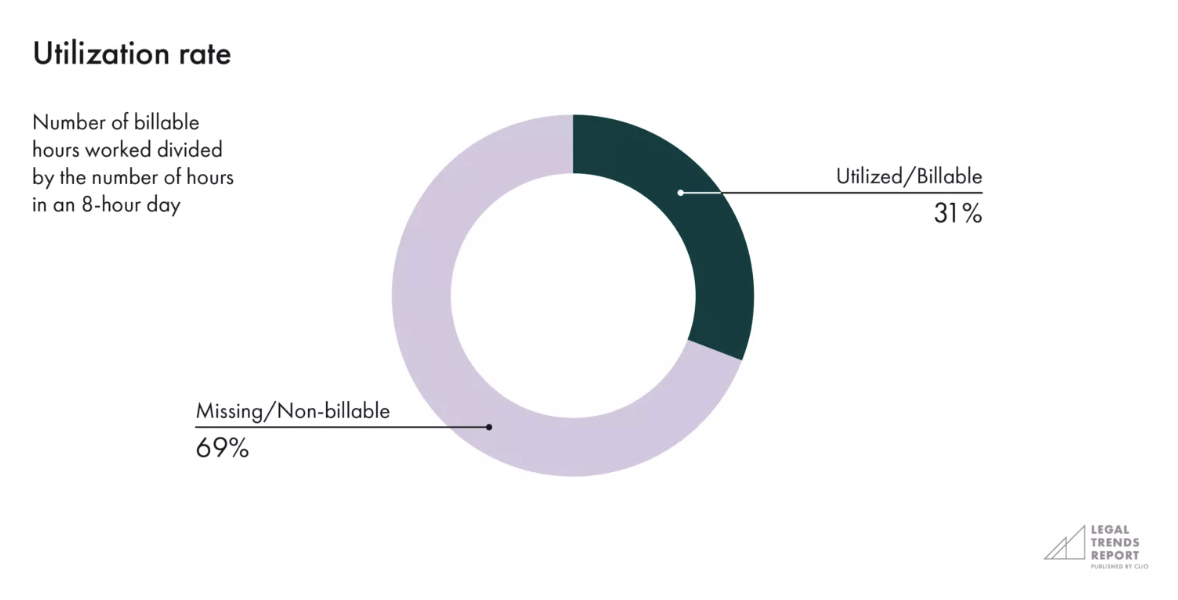8 Quick & Simple Steps to Contract Collaboration
July 28th, 2023
Contract collaboration is the backbone of any business that manages contracts regularly. It’s a process where various stakeholders work together to draft, review, negotiate, approve, and implement contracts efficiently. Effective collaboration ensures clear communication, minimizes errors, and promotes a smooth flow of information.
Businesses can save on their annual costs by leveraging contract management software, and automation can reduce negotiation and inaccurate payments. Additionally, contracts define most business agreements across industries, highlighting the ubiquitous role of contracts in business operations. As such, contract collaboration is not an option but a necessity for today’s businesses.
Here are eight practical steps your business can take today to enable smooth contract collaboration.
Key Takeaways
- Contract collaboration — a process involving various stakeholders working together — is an essential organizational skill in businesses that regularly manage contracts.
- Contract management software automates and streamlines many aspects of contract management, greatly facilitating improved contract collaboration both within organizations and between contracting parties.
- Continual training and process improvement equip team members with the latest best practices and legal updates, enhancing performance and fostering a culture of continuous improvement in contract management and collaboration.
😉Bonus: Check out our 10 Contract Lifecycle Management KPIs Every Business Needs.
Effective contract collaboration is as much an art as it is a science. It requires the coordination of people, processes, and technologies, developed through practice. Nevertheless, these steps lay a solid foundation for your organization’s development process.
Step #1: Establish a Contract Management Team
Assemble a dedicated team to handle the different aspects of contract management. Your team can include legal professionals, finance experts, procurement officers, and other specialists as required by your industry. The team’s collective effort should ensure that contracts meet the company’s objectives and comply with applicable laws and regulations.
Step #2: Define Clear Roles and Responsibilities
Defining clear roles and responsibilities for each team member is crucial to effective contract collaboration. Everyone should understand their role, the tasks they are expected to complete, and their communication lines throughout the process.
A clear delineation of roles and responsibilities minimizes confusion and fosters efficient collaboration. Automated notifications for impending deadlines through contract management software or contract lifecycle management (CLM) software greatly assist in keeping everyone on track.
Step #3: Leverage Contract Management Software (CMS)

The use of CLM has become increasingly prevalent in today’s business world. CLM can automate and streamline many aspects of contract management, from drafting and negotiation to execution and renewal. Current projections place the CLM market at a total valuation of $2 billion, with a compound annual growth rate (CAGR) of 12.5% over the next decade, indicating a growing recognition of its value among businesses across industries.
CLM offers several key benefits, such as:
- Significant reduction in the time and effort required to manage contracts
- Freeing up resources and skilled personnel for more important tasks
- Automated reminders for key dates like contract renewals, review dates, and other deliverable deadlines
CLM also provides a centralized repository for all contracts, making it easy to store, search, and retrieve documents. This is particularly important considering studies show that poor management of contract files and documents costs the average business approximately 9% of their annual revenue.
Finally, with contract management software, businesses can easily track and analyze their contracts’ performance. This can provide valuable insights, help identify trends or potential issues, and ultimately aid in making informed business decisions. Indeed, companies are increasingly willing to invest in legal technology, with legal tech developers receiving an excess of $1 billion in venture capital investments in just the last two quarters of 2021.
4. Use Standardized Contract Templates
Standardizing contract templates can significantly reduce the time and resources spent on drafting contracts. With standard templates, the contract management team can ensure consistency and compliance across all contracts, reducing the risk of errors and potential legal issues. Templates should draw on established libraries of pre-approved language and clauses, guaranteeing dependable representation of your organization’s standards and principles.
5. Foster Open Communication
Open communication is fundamental to successful contract collaboration. Team members should feel comfortable asking questions, providing feedback, and sharing updates about the contracts they are managing. Regular meetings can facilitate better communication and help everyone stay informed and aligned, even through complex, multi-phase negotiations.
6. Regularly Review and Update Contracts
Contracts are not static documents that simply pass into retention upon execution. Regular reviews and updates are necessary to ensure they remain relevant and compliant with any changes in business goals, market conditions, or regulations. A proactive approach to contract management mitigates risks and maximizes the ROI of contract performance.
7. Implement Contract Automation
Automating repetitive and rote tasks of the contract management process can accelerate negotiation cycles and reduce inaccurate payments. Automation features in contract management software assist with various tasks, such as:
- Drafting contracts
- Setting reminders for key dates
- Tracking contract performance and milestones

Image Source: https://www.clio.com/blog/lawyer-statistics
For organizations that rely on legal services for contracting — whether in-house or external — automation features lead to significant savings. This is because the average lawyer can only bill 31% of their working hours, with the rest going to non-specialist tasks.
8. Develop Continuous Training for Ongoing Improvement
Regular training for the contract management team is crucial for maintaining efficient contract collaboration. Training equips team members with the latest best practices and legal updates, enhancing their performance. Additionally, always look for opportunities to improve the contract management process, evaluating feedback from the team and lessons learned from past experiences.
Transform Your Contract Collaboration Process with Contract Logix
Contract Logix’s CLM platform streamlines workflows, enhances communication, and ensures compliance, empowering your team to collaborate more efficiently and effectively. With Contract Logix, your organization can unlock the full potential of your contract management team.
Request a demo today to learn more.
Looking for more articles about Contract Management? Check out our previous article “6 Compelling Reasons to Implement E-Signature Software“.
Accelerate Your Digital Transformation With Contract Logix
Download our Data Extraction Product Brief to learn how you can automate the hard work using artificial intelligence


